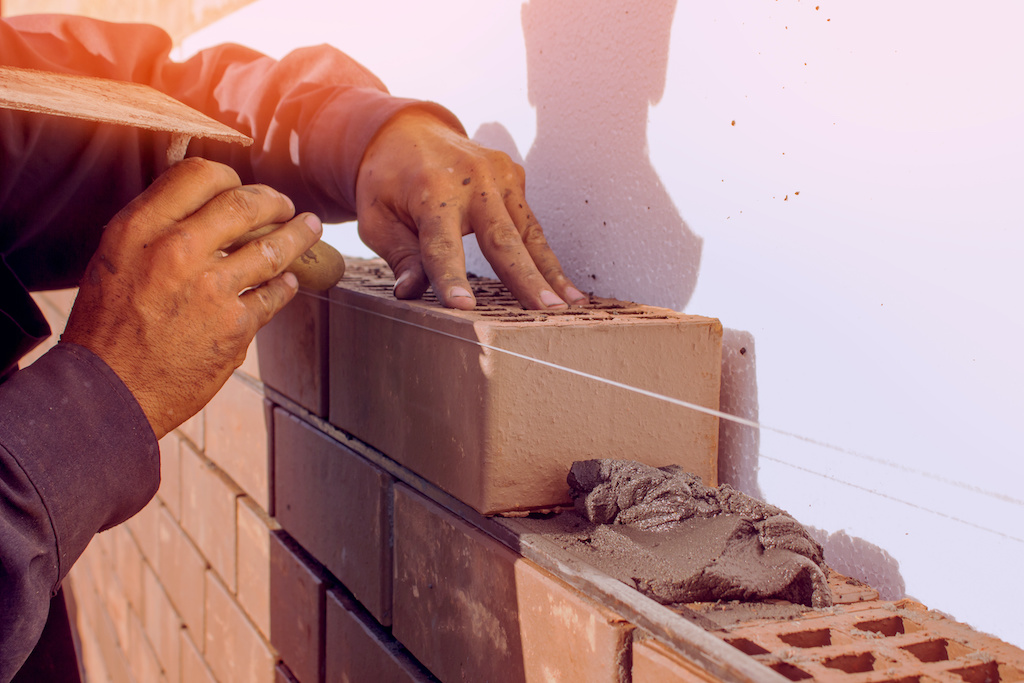
Eve Livett, CEO of The Association of Brickwork Contractors, gives her verdict on the increasing use of robotics in the field of bricklaying.
Bricklayers are everything but robots
I am delighted to have been asked to provide a “last word” for PHPD on the recent national headline regarding the first ever house to be built by a robot in Yorkshire, UK.
The story is certainly a fascinating one, which we can all relate to at its core, as it provokes our own imagination of what life may look like in the future. Within mine, however, a certain fear of mass unemployment and unexciting housing is what resonates.
But, as with any innovation that comes to fruition in the world of bricklaying, I have to step away from that instinctive feeling of mine and adopt a more pragmatic approach so that the right decisions and investments are made for the benefit of the trade. I hope this article sums up why I believe there is currently no value in using robots over skilled tradespeople onsite.
I first heard of the technology that claimed to be able to replace bricklayers 8 years ago when I landed my first construction-related job working for brick manufacturers at The Brick Development Association (BDA).
At that time, international companies reached out to the UK brick sector to examine the potential for launching their product in the UK market.
The technology intrigued me, but I remember acutely that the terminology used to promote it – “replacement of the bricklayer” – did not.
Ironically, soon after, I started to focus a lot of my time on skills, apprentices and training, which moved me to concentrate more on the human side of the sector than the material side. Not that I’m holding robot technology accountable for my own career push towards skills but, looking back, it is interesting to consider whether that was indeed an influence.
The technology that existed 8 years ago worked in a similar way to that which exists today; a machine on a rail with a robotic hand, relying on people to feed it bricks and mortar. The big difference between the robot technology now is that the machine is able to go around on its rail and construct corners.
Despite these 8 years of progression and refinement of the system, there is still a need for a bricklaying team to be present on site to provide the finer detailing which insures the safety and safeguards the overall quality of the building’s construction.
By taking bricklayers off the site in Yorkshire, there is a very real risk of seeing the house fall down before it has even been completed. Wall ties, DPCs and lintels have all got to be installed by the bricklayer, along with all the pointing, which by no means eradicates tradespeople working at height, as claimed.
The only thing you are essentially taking away from the bricklayer at this point, apart from pride, is the ability to pick up a brick, use a trowel, and lay it.
So, the value of using skilled people onsite is still as critical there as it is on any other site.
The only thing that is different on the site in Yorkshire is that they are using an expensive bit of equipment to assist: an expensive bit of equipment developed and produced at great cost to its engineers and four years in the making, let’s not forget.
The ability of a bricklayer far exceeds laying bricks to a line and, as such, we must be careful when claiming to bring technologies up to a standard which threatens to eradicate such knowledge and expertise. Such knowledge allows for brick to be incorporated into the design and realisation of the most amazing structures, including homes that have won prizes for their integral design and detail.
Bring me a robot that has the ability to create such masterpieces!
After all, brick design has become staggeringly good over the past 8 years, so much so that the capabilities of this robot would struggle to achieve the same complexity and intricacy, thereby restricting actual architectural progression.
Even though I believe that the technology behind this machine has a very long way to go before it starts becoming productive and cost effective, it is still significant to hear about its development in the UK.
The UK brick sector has embraced emerging technologies before and will continue to do so, as they are vital for the growth of any industry, but for now I believe that this robot is not a “one stop shop” for construction with bricks and mortar, as its makers suggest. Instead, it is a supplementary tool for brickwork operatives in the field whose effectiveness and longevity in the trade remain to be seen.








